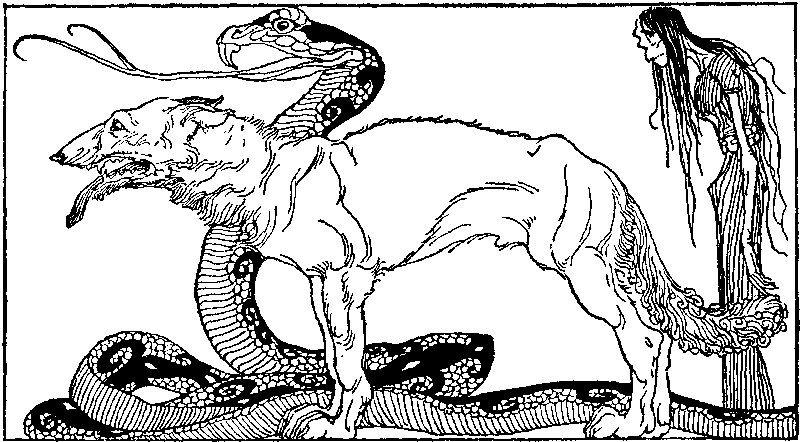I just finished Robin Hobb’s latest book, Fool’s Assassin. I’m going to review it but I’ll warn you when I enter spoiler territory. This book begins a third trilogy starring her beloved duo, Fitz and the Fool. I’ve been a big fan of these two since I first read the Farseer trilogy in the late 90’s. Strangely, however, this will be the first time that I’ll have to wait to read the installments in a Robin Hobb trilogy. I didn’t started any of her previous series until they were complete. It’s going to be a difficult wait. Fortunately Robin Hobb has been steadily finishing about book a year for a couple decades now.
Michael Whelan’s cover for Royal Assassin, the second book starring Fitz.
The pacing of Fool’s Assassin accelerates exponentially. Years pass by at the beginning as we gradually get reintroduced to aging characters and meet new ones. There are a few surprises but 78% percent of the book is slow but powerful emotional arcs. By now, these characters are my old friends, so I enjoyed it immensely. Robin Hobb excels at using first person POV to make her readers deeply invested in the strong feelings of her characters. Incrementally getting to understand the hopes and fears of a middle-aged Fitz and his loved ones makes it all the more excruciating when long-simmering background plots violently flood their lives. The last three chapters of Fool’s Assassin devastated me. While cliffhangers are exciting and send me to forums and on rereads to speculate on what could happen next, they can be cheap thrills. After reading all of Robin Hobb’s published books, I think that endings are one of her weaknesses. The only one that truly satisfied me is the ending to the Tawny Man trilogy.
When I heard that Fool’s Assassin was coming out, I decided to completely read through the interconnected trilogies and quadrilogies of Robin Hobb’s Realm of the Elderlings (RotE) mythos. These series focus on different protagonists and regions on the same fantasy continent, switching between first-person and limited third-person POV. Previously, I had only read the books starring Fitz and the Fool, but at the recommendation of friends, I decided to read the others as well, and I’m glad I did.
One uncommon aspect of the RotE is that some characters have fluid genders. Fantasy is all-too often a traditional genre that tells repetitive stories in iterative settings. Because the tropes are so well worn and the genre often relies on the authority of kings and other patriarchs, characters that don’t fall into predefined gender roles and threaten that masculine order are often seen as enemies. An example from one of fantasy’s headwaters, myth, is Loki. Loki is the brother of Thor but also shapeshifts into a mare and gives birth to an eight-legged horse. Ze presents as both a man and a woman. Like Loki’s sex, his allegiance to the Aesir is in flux – sometimes ze helps them but sometimes ze thwarts, deceives, and kills them.
Some of Loki’s other children by Willy Pogany. Here’s a family tree for Loki that shows how he switches between mother and father.
I’m going to reveal some spoilers for Robin Hobb and Robert Jordan books from here on out, including Fool’s Assassin in my final paragraph. (more…)


